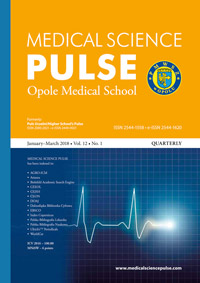Recent advances in computational chemistry for identification of ligands for biological receptors: interdisciplinary aspects
Recent advances in computational chemistry for identification of ligands for biological receptors: interdisciplinary aspects
Author(s): Milen TodorovSubject(s): Essay|Book Review |Scientific Life, Health and medicine and law
Published by: Państwowa Medyczna Wyższa Szkoła Zawodowa w Opolu
Keywords: QSAR; computational chemistry; nuclear receptors; human health
Summary/Abstract: Background: Computational (in silico) methods, such as quantitative structure-activity relationships (QSARs) are already well recognized and used in many screening programs related to environmental, industrial and medical chemistry. The main idea of the QSAR is that there is a relationship between molecular structure and ultimate biological effect caused by a chemical compound. In this respect the approach could be used successfully for prediction of various biological endpoints caused by chemical compounds including receptor binding affinity. Aim of the study: In the current study the capabilities for structure-activity modelling incorporated in noncommercial software tool have been employed for investigating the binding effect of xenobiotics toward estrogen and human pregnane X receptor. Material and methods: The analysis was performed by making use of the non-commercial software platform QSAR Toolbox. This system allows application of a set of built-in models for different biological effects, and also allows incorporation of new models for other endpoints. Results: Two models have been applied for predicting the binding effect toward estrogen and human pregnane X receptors of a large number of chemicals collected in a single database of high practical concern. The results show that there are many chemicals which are able to bind the investigated receptors. Since those chemicals are encountered in the environment, they could be considered as potential threat for society. Conclusions: The obtained results could be used as initial step for further experimental testing of those chemicals in order to confirm their potential to harm biological systems in the body.
Journal: Medical Science Pulse
- Issue Year: 12/2018
- Issue No: 1
- Page Range: 12-15
- Page Count: 4
- Language: English

